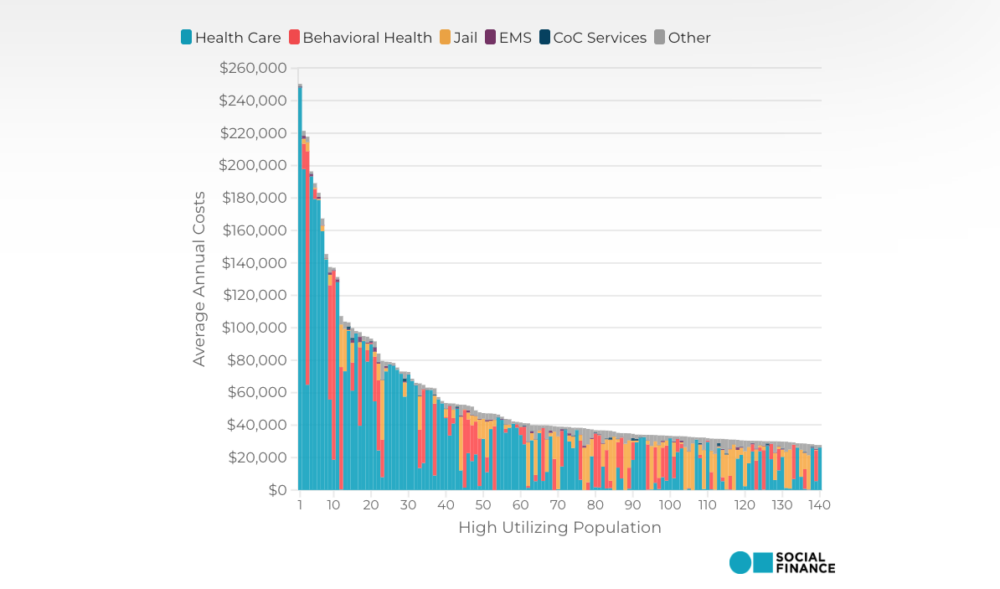

Public Sector Solutions, Workforce & Economic Mobility, Data Solutions
Key Takeaway
Individuals without education beyond a high school diploma or GED may continue to face greater barriers to economic mobility than those with some post-secondary education, despite accessing the same occupational training programs.
Individuals without education beyond a high school diploma or a GED often face higher barriers to economic mobility. This is especially true in Texas, where the unemployment rate for those with a high school diploma or equivalent is 3.8%, compared to 2.4% for those with a bachelor’s degree or higher.
3.8%
Unemployment rate for Texans with a high school diploma or equivalent, compared to 2.4% for those with a bachelor's or higher.
To address this problem, Social Finance partnered with Workforce Solutions Capital Area to improve job placements, wage gains, and economic mobility in Austin and Travis County, Texas. Workforce Solutions Capital Area is a private, publicly-funded nonprofit organization whose work includes the Workforce and Education Readiness Continuum (WERC)—a job training initiative designed to help participants (re)-enter the job market through occupational training, case management, job search support, adult basic education, and more. WERC clients have low incomes and typically face barriers to employment, including involvement with the criminal justice system, unstable housing, and lack of transportation.
As part of this engagement, we collected and analyzed the post-program wage gains of WERC clients. One of the key questions we wanted to understand was, are individuals without advanced education able to access high-wage occupations after completing occupational training?
Our preliminary analysis shows that WERC clients with lower education levels were more likely to land in occupation groups with lower income increases, and that overall, these clients experienced smaller wage gains than their peers with higher education levels.
The Work
We started our analysis by collecting qualitative insights from workforce development partners involved in the WERC program. We learned that, while there are many reasons why WERC clients choose their career paths, some occupations may be more accessible to clients facing specific barriers to employment. For example, transportation employers are often more open to hiring individuals with criminal justice system involvement, making these careers more accessible.
This led us to think more closely about which career pathways may be less accessible to WERC clients facing the highest barriers to employment, and how having more limited options might impact wage gain outcomes.
What career pathways did WERC clients access? What were their wage gain outcomes?
This pattern held when looking at overall client income gains by educational attainment: clients with lower levels of education saw lesser wage gains.
Click on each student below to further explore the data.
The conclusions we can draw from this analysis are limited, as we had access to a relatively small data sample and our findings are purely observational rather than experimental. However, the data seems to support what we’ve observed in other areas of our work: individuals without education beyond a high school diploma or GED continue to face greater barriers to economic mobility than those with some post-secondary education.
Learn more about our Data Solutions work →
This work was made possible through a partnership with Workforce Solutions Capital Area and the Michael & Susan Dell Foundation.
Related Insight

Homelessness in Ventura County: An Analysis of the Service Use and Costs of Persistent Homelessness
The costs of persistent homelessness are high—not only to the County, but to the health and wellbeing of individuals experiencing homelessness as well. This analysis attempts to measure the dollars and cents associated with the…

Building the Infrastructure to Track Performance: Data-Driven Performance Management with WORK Inc.
WORK Inc. partnered with Social Finance to to develop the data infrastructure needed to better understand its clients’ journeys and use this data to guide program adjustments.